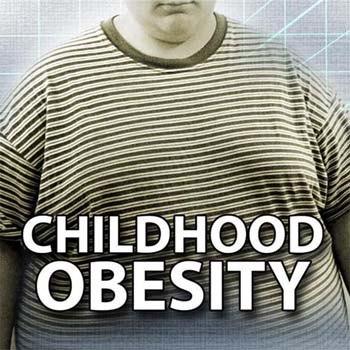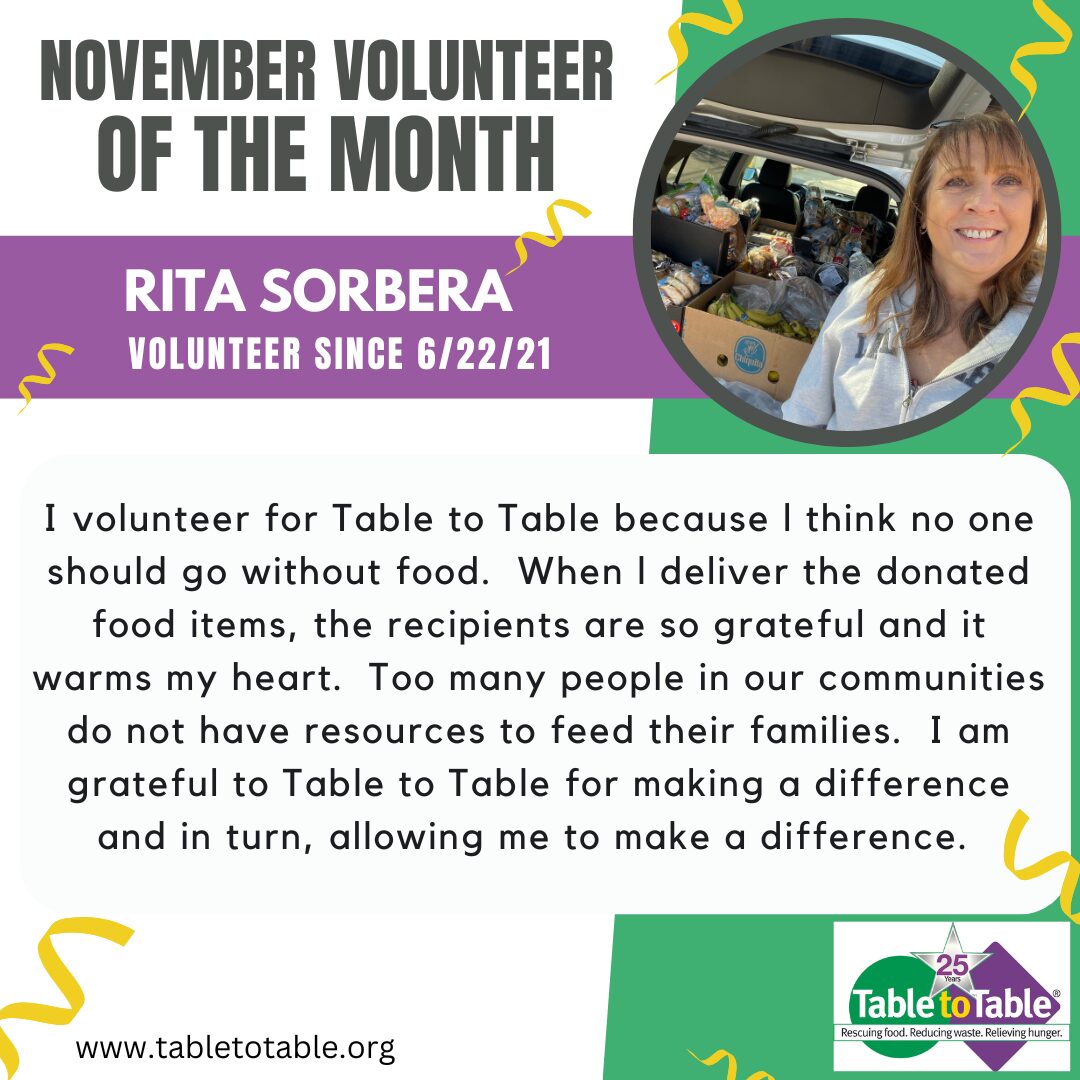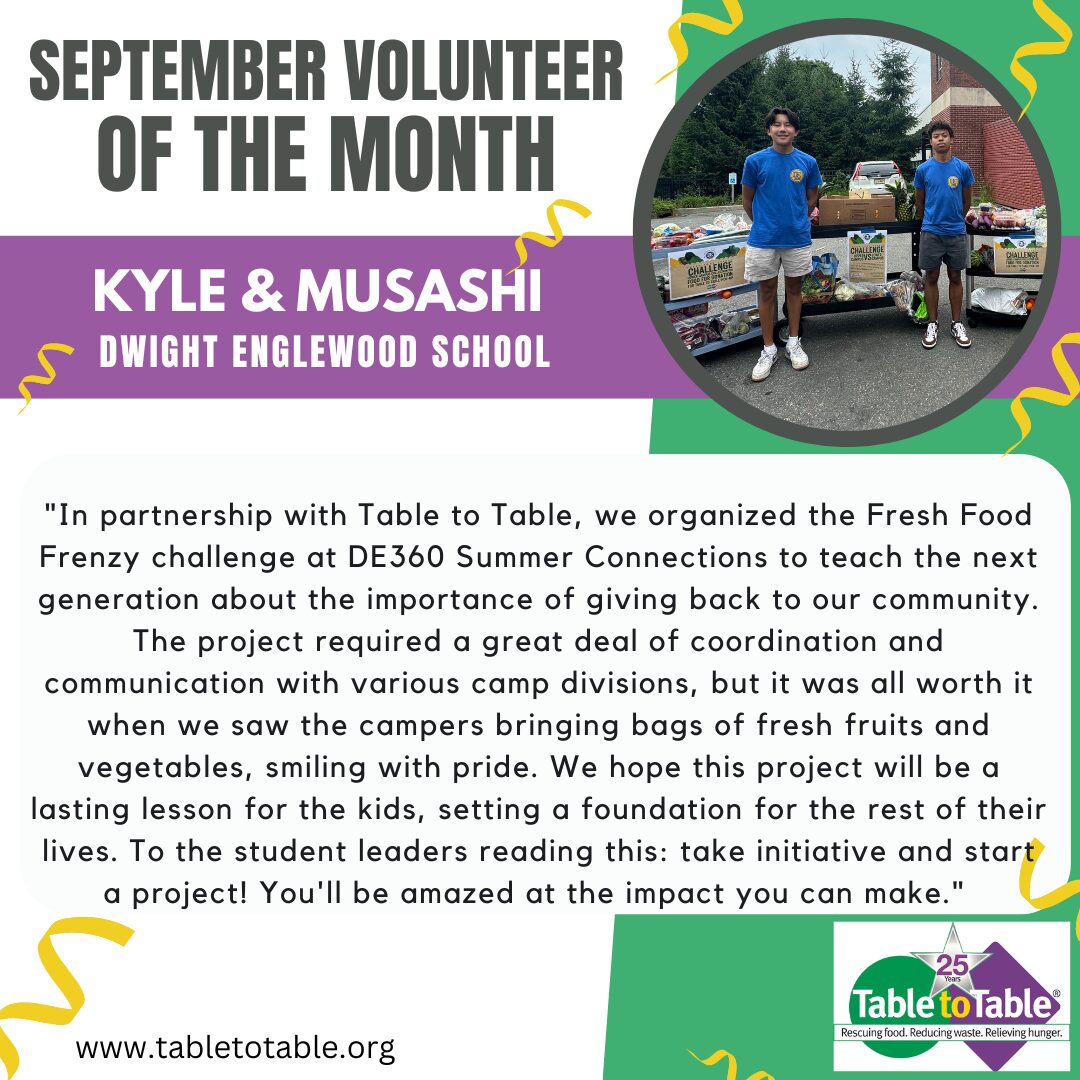
Blog
What Childhood Obesity Really Means
Who doesn’t love chubby cheeks on a child? Just have to give them a loving squeeze. But when does cute and chubby become overweight and obese for a child and how does being food-insecure play into the issue?
For one thing, obesity is an epidemic our country is fighting and losing. When it comes to our children and teens, more than a third are overweight and one-fifth are obese. Not only are nearly 35% of adults in the US obese, but 21% of kids ages 6-19 are, as well. That’s a 30% increase in the obesity rate in just 30 years – up from 7% in 1980. Obesity is defined as having excess body fat, the result of “caloric imbalance” – too few calories expended for the amount of calories consumed – and is affected by various genetic, behavioral and environmental factors. Lower diet quality (i.e. fast food and sugary drinks) puts kids and teens at risk for obesity and some very adult diseases with the same healthcare costs and stresses on families and communities.
The list of diseases that are linked to childhood obesity is staggering and could be avoided either completely or until much later in life. According to the Centers for Disease Control and Prevention (CDC), 70% of obese children are at risk for cardio vascular disease. The list below reflects other diseases formerly attributed only to adults that our children are now experiencing:
- High Cholesterol, High Blood Pressure
- Pre-diabetes, where blood glucose levels indicate a high risk for developing Type 2 Diabetes.
- Bone and Joint Disease, Osteoporosis
- Sleep Apnea
- Menstrual Irregularities
- Higher Risk of Injury
- Cancer, particularly breast, colon, thyroid, endometrial, pancreas, kidney, esophagus, ovary, melanomas and Hodgkin’s Lymphoma
- Poor Dental Health like more cavities and gum disease
- Iron Deficiency
For children entering adolescence, poor diet can lead to the following concerns that set a stage for physical and emotional health as adults.
- Delayed Puberty
- Nutrient Deficiencies and Dehydration
- High Instances of Social and Psychological Problems
- Stigmatization and Poor Self-Esteem
- Eating Disorders
Even when these adult diseases to not affect an obese child, they remain more likely to become sick, recover more slowly and will be hospitalized more often. There are higher incidents of headaches, stomach aches, colds, ear infections, and fatigue amongst food insecure children and teens. While overweight and obese, these kids are still malnourished and will be less likely to perform well in school or concentrate and, tend to exhibit more behavioral problems like aggression and anxiety. Being hungry and under- nourished makes it difficult to play “nicely” with others. But really, when you’re hungry, who can?
There are a number of studies that look at childhood food insecurity and obesity and the way, despite being contrary to intuitive thinking, the two coexist. There is strong evidence that food-security, quality of diet and access to fresh nutritious food are paramount to the growth and well-being of kids. We need an outcry against the food industry that, according to the CDC, spends $1.6 billion marketing sugary, low nutrient, high fat foods and beverages to kids. The reason? The lower cost of production equals big profits for processed food manufacturers. On average, children are exposed to 5,500 unhealthy food commercials in one year. Conversely, only 100 marketing messages for healthy foods are made in that same timeframe. Research shows that this impacts food choices and diet. The fact is, “junk food” will not make you feel full, requiring more foods that are likely to be full of empty calories.
By supporting organizations that supply healthy and nutritious food to families in low-income areas that cannot provide them for themselves, we can help curb food-insecurity and obesity in both children and adults. Helping our neighbors access fresh foods like fruits and vegetables, meats, and whole grains benefits everyone by reducing food waste, reducing food prices and reducing healthcare costs. Share your knowledge of how Table to Table rescues fresh, nutritious food that would otherwise be thrown away and delivers it to those who need it most…it’s an easy way to support our neighbors.
For more ways to help click here.
More From News
November 26, 2024
Rita Sorbera: November Volunteer of the Month
November 25, 2024
Making the Most of Thanksgiving Leftovers
REAL PEOPLE, REAL STORIES.
November 22, 2024
Table to Table Trustee Jamie Knott’s Saddle River Inn Named a Top 100 Restaurant in the U.S.
Take your best shot at fighting hunger. Join us for the 9th Annual Table to Table Golf Classic at the Preakness Hills...
November 5, 2024
How Much Food Will Be Wasted This Thanksgiving?
About 316 million pounds of food will be wasted this Thanksgiving, according to ReFED, a national nonprofit dedicated to ending loss and...
October 30, 2024
Mark Bloomberg: October Volunteer of the Month
Join us in congratulating Mark Bloomberg, Table to Table’s October Volunteer of the Month. Congratulations, Mark! Mark has been volunteering with Table...













